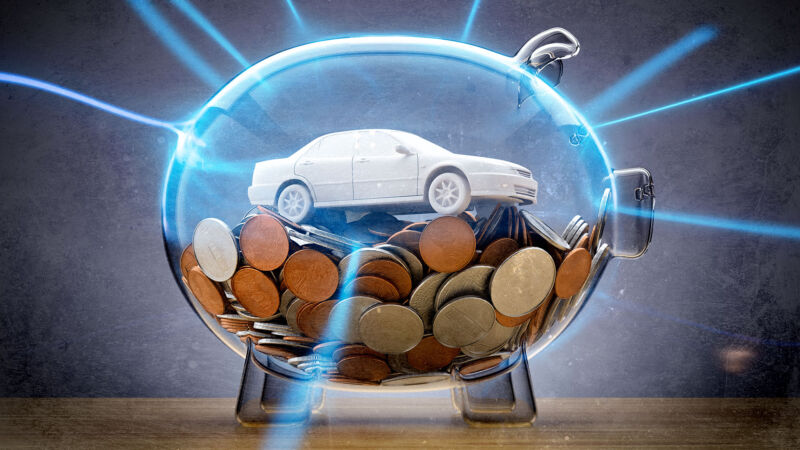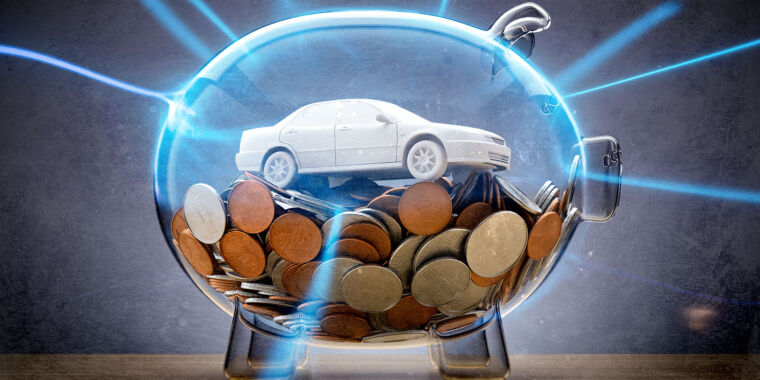
Aurich Lawson | Getty Images
The beginning of the new year means the start of a new electric vehicle tax incentive in the US. Until now, the IRS allowed taxpayers to claim a tax credit of up to $7,500 on a new plug-in vehicle, with the exact amount determined by the battery’s capacity in kWh. Additionally, the credit was designed to sunset once a manufacturer sold its 200,000th plug-in, although only Tesla and General Motors ever reached that milestone.
But the Inflation Reduction Act (IRA) of 2022 rewrote the plug-in vehicle tax incentives, and the new rules went into effect at the beginning of January. Now, the tax credit is for “clean vehicles” rather than plug-ins, and it covers fuel cell EVs, some plug-in hybrid EVs, and all battery EVs.
It’s a more complex beast now, however. The maximum tax credit is still $7,500, but to qualify, a vehicle must have a battery capacity of at least 7 kWh and a gross vehicle weight rating of less than 14,000 lbs, and it must have undergone final assembly in North America. There are price caps—vans, SUVs, and pickup trucks can’t cost more than $80,000, and other vehicles must stay under $55,000 to qualify. There are income caps, too: $300,000 for married couples filing jointly, $225,000 for heads of households, and $150,000 for other tax filers.
And like before, it’s a tax credit, which means you need to have at least as much tax liability as the credit during the year when the car was bought. If your total federal tax liability for the year is less than $7,500, you can only claim as much credit as that liability.
There are also tax credits for commercial clean vehicles, used clean vehicles, and leased vehicles. We’ll explain how those work later in this article.
Made in the USA
When the law was passed last year, the most controversial change to the EV tax credit rules concerned where the battery components are manufactured and assembled. Half of the credit—up to $3,750—is tied to the sourcing of the battery’s critical minerals, which must be extracted or processed in the US or a country with which it has a free trade agreement. For 2023, that amount has to be at least 40 percent, increasing by 10 percent per year until 2027 onward, when at least 80 percent of those critical minerals must be extracted or processed in the US or a free trade partner nation.
The other $3,750 is tied to the proportion of battery components that were manufactured or assembled in North America. This, too, is an escalating percentage over time, starting at 50 percent of the value of the battery’s various components for 2023, 60 percent for 2024–2025, 70 percent in 2026, and then increasing by 10 percent per year until 2029 onward, when the entire value of the battery components must be manufactured or assembled in North America.
Beyond that, some conditions mean that from 2024, some vehicles will be excluded from the credit if they have battery components from a foreign entity of concern.
Hold on, I’m getting an update
Although that’s what the law says, that’s not what the IRS is enforcing right now. The domestic sourcing and value requirements are difficult to calculate, and in late December, the US Treasury Department said it would not have guidance on the sourcing of battery minerals and components until March.
At least until then, all qualifying clean vehicles should qualify for the full $7,500 credit, but which ones qualify?








